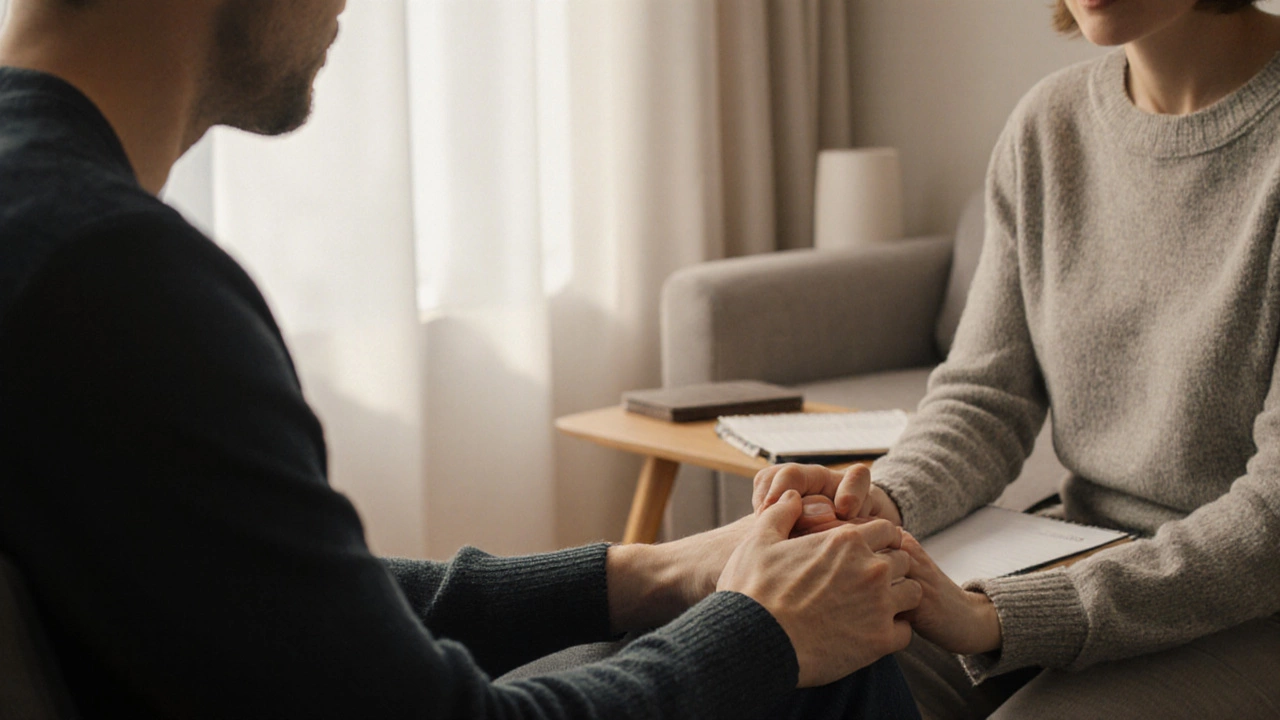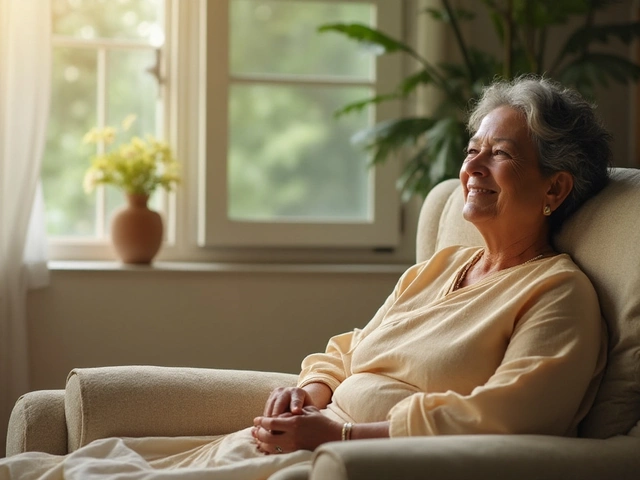Therapist Hand Observation: How a Simple Gesture Can Speak Volumes
Ever noticed your therapist watching your hands without you saying a word? It’s not a weird habit – it’s a proven technique. By observing finger taps, clenched fists, or restless fidgeting, therapists pick up on stress levels, anxiety spikes, and even underlying physical tension. This quick, non‑verbal check often tells them more than a few minutes of talking.
Why does a therapist focus on your hands? Our hands are the most expressive part of the body. They mirror what our brain is doing. When you’re nervous, you might see a rapid drum‑like motion of fingers. When you’re angry, a clenched palm appears. Recognizing these signals early helps the therapist adjust their approach, ask the right questions, or suggest a grounding exercise on the spot.
Common Hand Signals and What They Usually Mean
Fidgeting fingers – Small, repetitive movements often signal excess nervous energy. It can be a sign of anxiety or impatience. If you notice it during a session, the therapist might slow down, ask about your comfort, or introduce a breathing technique.
Clenched fists – This is a classic sign of suppressed anger or frustration. The therapist may explore topics you’re avoiding or suggest a moment to release tension, like gently shaking out your hands.
Rubbing the thumb against the palm – Known as the “thumb‑to‑palm” motion, it often appears when someone is trying to self‑soothe. It indicates you might be feeling overwhelmed, prompting the therapist to check in about your emotional state.
Palming the face – Covering the mouth or eyes with the hand can suggest a need for privacy or a feeling of shame. Therapists use this cue to create a safe space for you to open up.
How You Can Use Hand Awareness in Everyday Life
Now that you know what therapists look for, you can turn it into a personal tool. Try a quick self‑check before a stressful meeting: notice if your fingers are restless or if your hands are tight. If you spot tension, take a deep breath and stretch your fingers wide. This simple act can lower cortisol levels and make you feel more centered.
Another tip is to keep a “hand journal.” For a week, write down moments when you notice unusual hand movements and the emotions you felt at that time. Over time you’ll see patterns – maybe you clench during work emails but relax while reading. Spotting these trends helps you proactively manage stress before it builds up.
Therapists also use hand observation to gauge progress. If you start the session with relaxed hands and end with fewer clenches, they can see tangible improvement, reinforcing your effort. So, the next time you’re in a session, don’t be surprised if they say, “I see your hands are less tight today.” It’s a quiet acknowledgment of your hard work.
In short, hand observation is a low‑tech, high‑impact method for therapists to read your mental and physical state. By learning the basic signals and practicing a bit of self‑awareness, you can gain extra insight into your own stress patterns and improve communication with your therapist. Give it a try – your hands might just start talking a lot more clearly.





